Lenovo is a must-see at any conference. Engineers who appreciate how their tools are made will appreciate the design and materials that go into Lenovo computers. Lenovo workstations and laptops, ThinkPads in particular, distinguish themselves from the commodity machines that compete on the basis of price, with some of the best design and quality of materials.
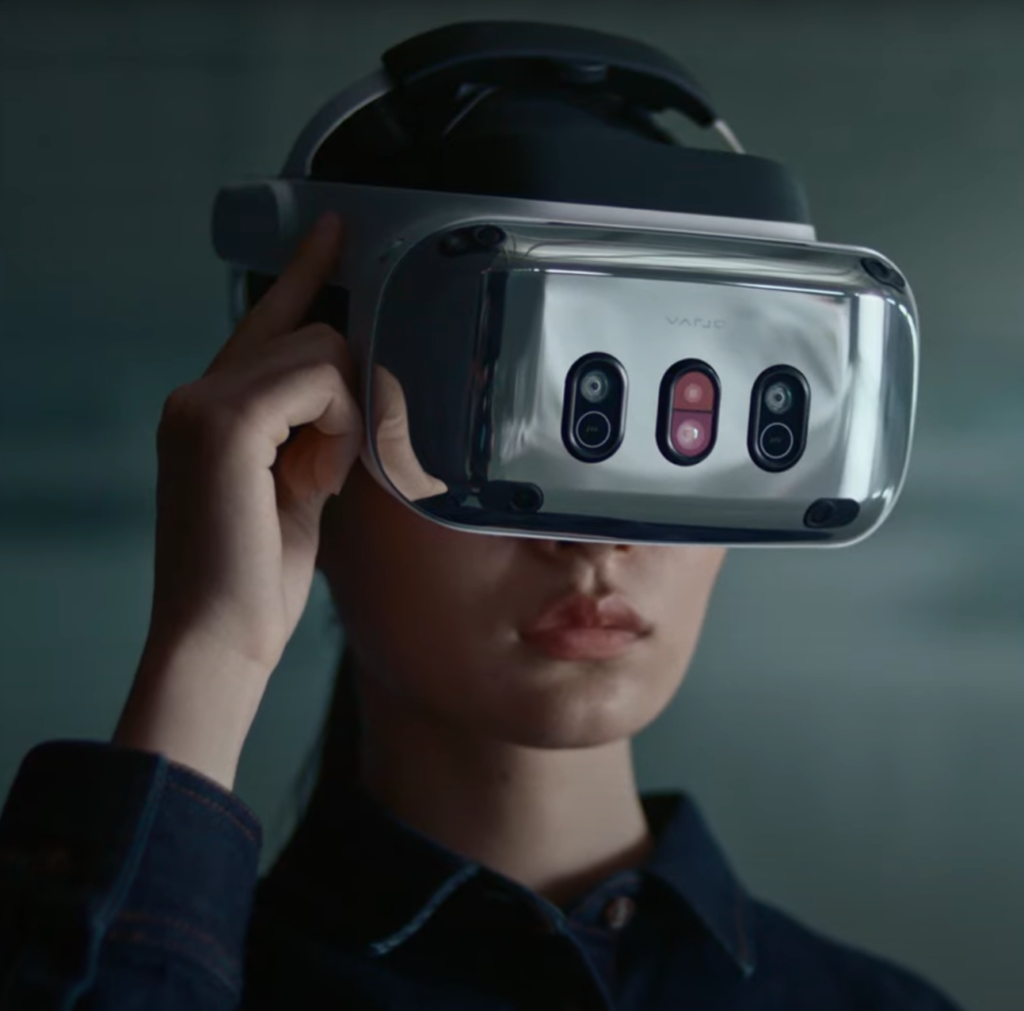
We step inside the Lenovo booth at 3DXW25, the annual SolidWorks user conference, looking for the Aston Martin SUV, the big hit from Autodesk University. Instead, I see a virtual old-school Cadillac convertible displayed with a Varjo XR-4 headset. Lenovo makes their own XR headset, the ThinkReality VRX headset, but also promotes Varjo, a technology partner. I am seated inside the old-school Cadillac convertible. I know it’s virtual, but the details make it as close to physical as you can get. You want to smell the leather and feel the wood. Despite being immersed in the virtual vehicle, I can still see the show floor and interact with my Lenovo host and take notes on my iPad, thanks to the forward-looking cameras on the headset.
There is no going back. To get a headset without forward-looking cameras, as the Lenovo headset has, would be pure folly. You would be falling out of the car, much to the entertainment of your colleagues.
Lenovo claims their AR/VR headsets are the best in the business.
Is it better than Apple’s Vision Pro? Having seen both high-end headsets, I have to ask.
Apple’s headset may be suitable for entertainment, but the Lenovo headset, with its forward-facing cameras and high resolution, is arguably the best for engineers and perfect for design reviews. Apple headset, meanwhile, is targeted at gamers and movie watchers. We have to admit that Apple’s headset is prettier and has a curvaceous shape. However, its cost ($3500) may have priced it out of the consumer market. Apple halted production of the Vision Pro late last year.
It must have broken Lenovo’s heart that Dassault Systèmes chose to officially hitch up with Apple for its AR/VR partnership. It was a partnership between brands, said Gian Paulo Bassi on the main stage, a marriage arranged by parents, not a love marriage.
3D Monitor Without Glasses
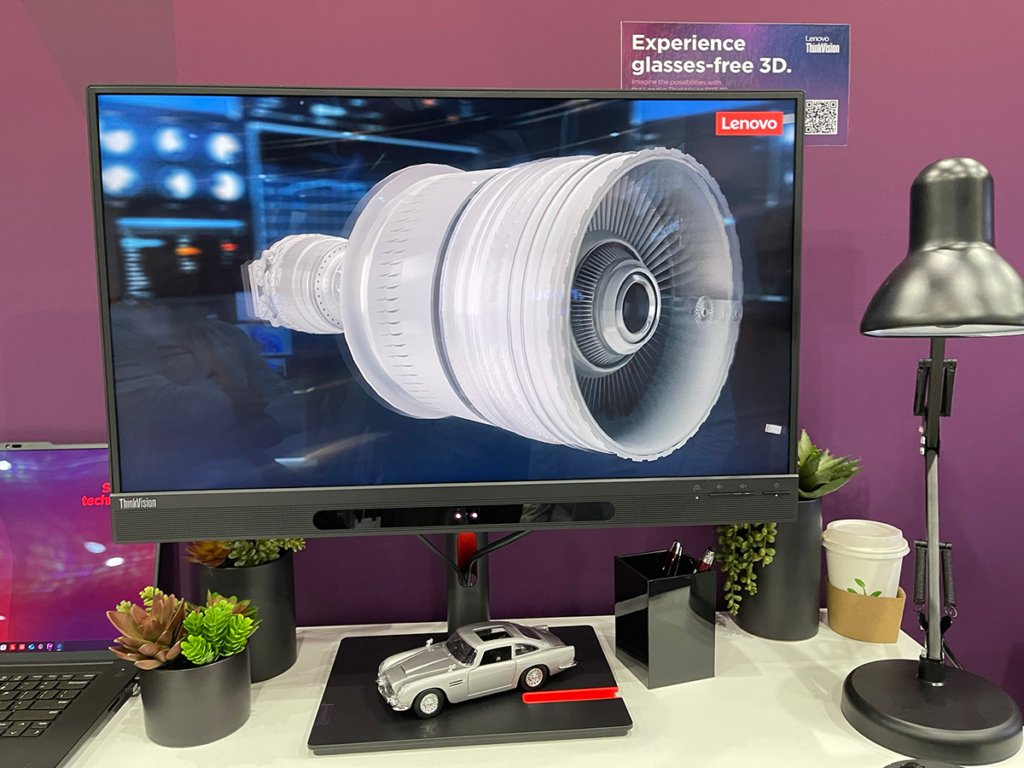
We see a 3D monitor that, without 3D glasses, is able to display a 3D image. Lenovo’s ThinkVision 27 3D glasses-free monitor has sensors that detect your eyes and provide a holographic image of a SOLIDWORKS model. To see a 3D image without special headgear is truly remarkable and makes us wonder why everyone using SOLIDWORKS, or any MCAD or 3D CAD program, for that matter, would choose to do otherwise. Okay, it’s not cheap. Lenovo lists it for $3,298.90 on its site.
Imagine a Zebra
Our host creates a carnival-style atmosphere by asking us to imagine anything, anything at all, and his Lenovo workstation will create it. What he does, though, is use Mistral AI (a French LLM) to create a 2D image, then uses TRELLIS 3D AI to turn the 2D image into a 3D surface model and then uses SOLIDWORKS tools to turn it into a solid.
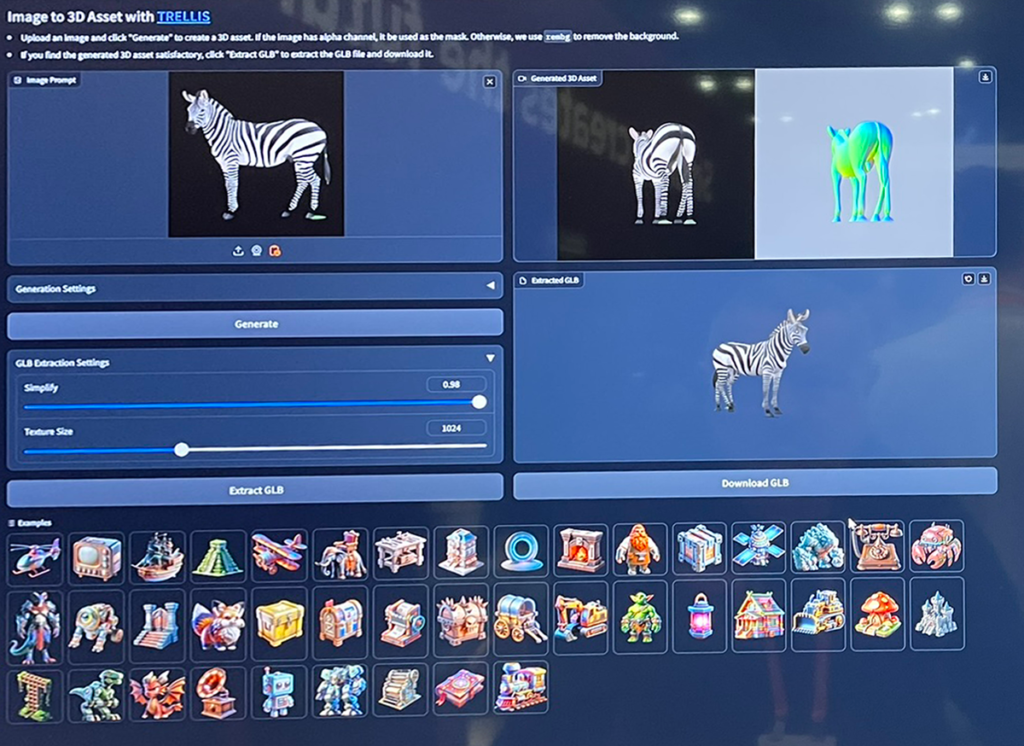
Surely, he could not create a zebra. He did. Of little practical value, but impressive because if it can model a zebra, what can’t it model? Could this be the long-awaited answer to “Hey AI, make me a (fill in the blank) for engineers?
What we don’t see is a Lenovo P7 packed with three double-wide NVIDIA graphic cards. They are providing all the horsepower to handle the AI requests locally and in short order.
Laptops with Attitudes
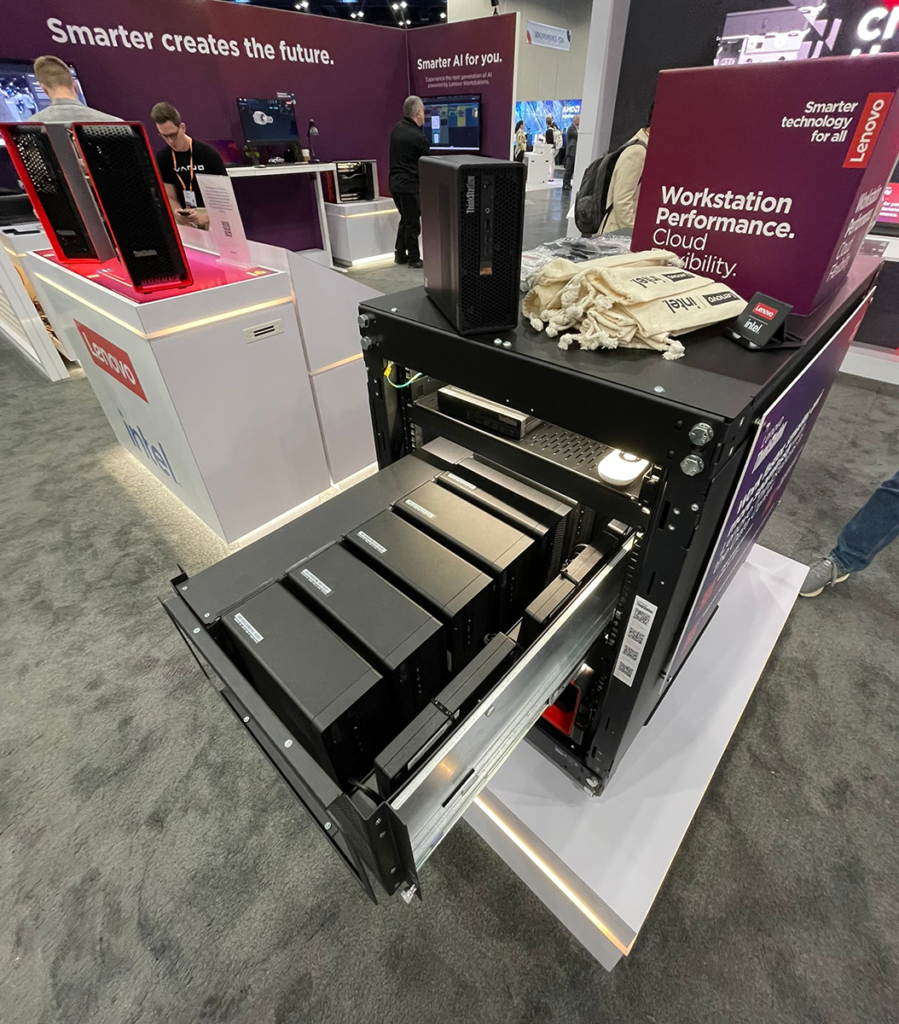
We see lightweight ThinkPads able to twirl massively large assemblies. This is only possible because the heavy graphic lifting is being done on GPU-laden Lenovo P3 Ultras in a chassis of Lenovo design. Mark Hirst, worldwide workstation solution manager for Lenovo, points to such a chassis on the show floor, though the one being used is actually in company’s North American headquarters in North Carolina. The point is, the server can be anywhere, and the display would be just as swift.
Only the pixels on the screen that are changing are being sent to the laptop.
For companies concerned with their secrets leaving the building (that’s every military or defense organization, for example), the server rack could be on-premise, says Mark.
With the computing on a rack, engineers are free to use a lightweight laptop of their choice – a potential money-saving for a company with many engineers if each require expensive workstations. The laptops can’t be too cheap (not Chromebooks; they have to be Intel-based PCs), and if you need extra monitors, you might also need a multi-port docking station.
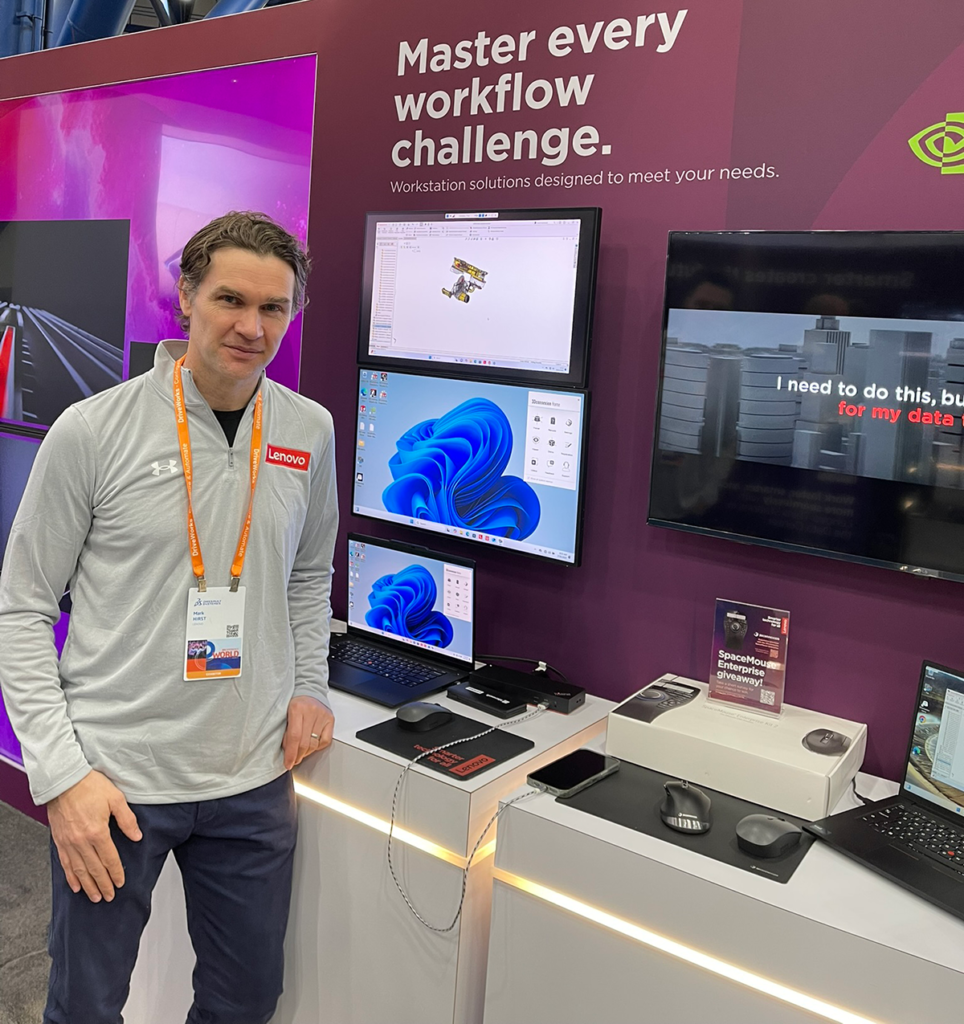
Thirty Years a Fan
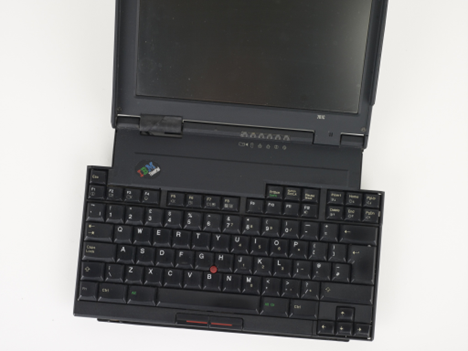
I have used Lenovo products for 30 years, starting with the compact IBM ThinkPad 701. It had a “butterfly keyboard that opened into a full-size keyboard and a TrackPoint, a little red button you could use as you would a mouse, but as it was always between the G and H keys, it took up no extra space. The butterfly keyboard disappeared, but the TrackPoint remains, thank God. l I can’t live without it. I have had only ThinkPad’s with TrackPoints since. When corporate overlords preferred lesser laptops, I paid for ThinkPads out of my own pocket.
I was a bit worried when IBM sold the ThinkPad line to Lenovo. I shouldn’t have been. Lenovo has kept impressing with the way they pay attention to every detail, internal or external. The baffles in the workstation line, for example, were designed to whisk the heat from the CPU. Every internal component was removable
